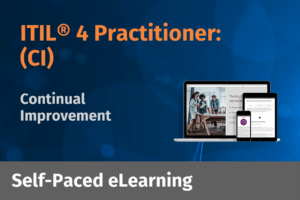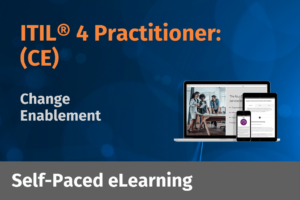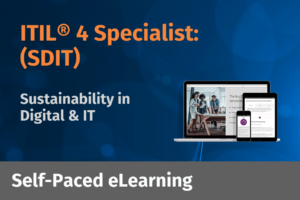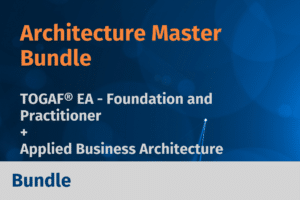Whilst on my morning commute to the office the other day I was doing my usual scroll through my various media feeds and came across one of the most interesting articles I have come across this year from the HBR. It was pretty heavy going, especially before I’d had my morning dose of caffeine and for someone without any formal background in finance and economics, but there was some really powerful messages in the article, many of which are inherently linked to the challenges that disciplines such as Design Thinking and Human-centred design are trying to tackle.
The article talks about a major shift in the availability of capital over the past 20 years or so. Since 1990 there has been significant growth in the amount of available capital for organisations to invest with and this has opened up huge opportunities for organisations to change the ways in which they invest in projects and innovation.
Unfortunately, many organisations have yet to pivot and react accordingly to this new abundance of capital and continue to fund projects and manage risk by metrics that were created in a bygone era. There were two key issues which really stood out in my mind here. Firstly that businesses are still adopting an approach whereby they only invest in a few ‘sure thing’ projects which are pretty likely to deliver an acceptable ROI to the business. This approach means that plenty of potentially viable projects or ideas never even get the chance to get off the ground. This may help keep costs down and drive efficiency, but in a world where growth is more valuable than profit, this is potentially the wrong tactic to be adopting. The second issue was that ‘hurdle’ rates (the prescribed ROI level to keep a project running) have not been realigned to calibrate with the new cost of equity capital. In simple terms, projects which could fuel growth and generate return on equity that is higher than the cost of equity capital will not get funded because the perceived ROI is too low.
Both of these issues have a material impact on the ability to increase the value of a business over a period of time. Figure 1 from this article shows how the shift downwards in the average cost of capital has meant that in today’s world, a 1% growth will generate over 4 times as much increase in the value of a business than a 1% increase in operating margins.
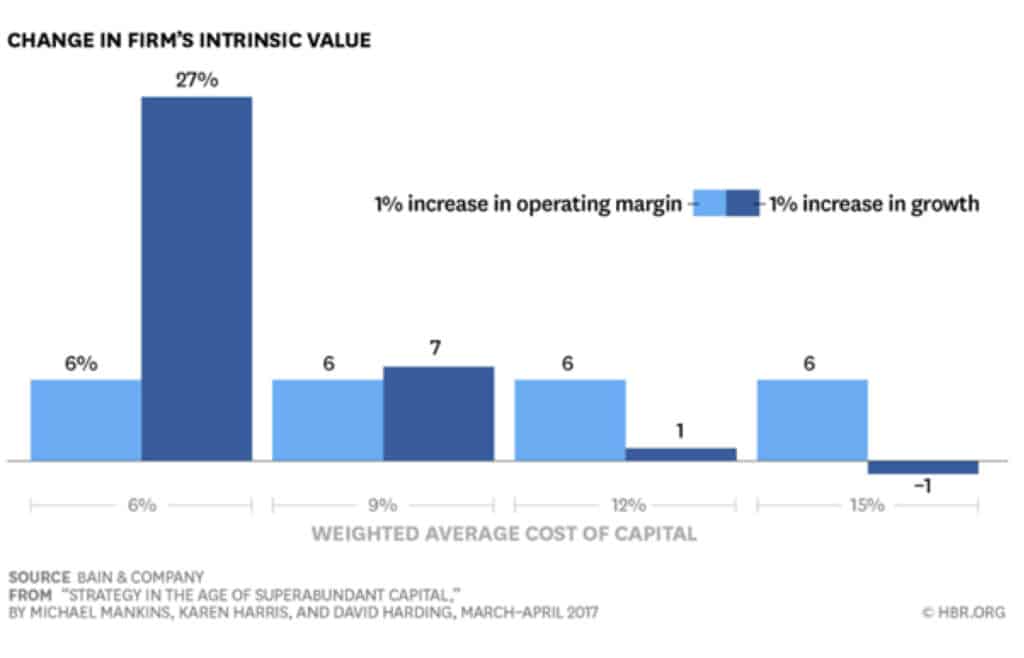
How then can organisations adapt to this new way of thinking. Within the world of Design Thinking, there are some powerful tools and techniques which can help facilitate this shift. One of those which is drawn out in the article is the idea of investing in experiments, or in Design Thinking terms, Rapid Prototyping. The article calls for organisations to move to a mindset of experimentation whereby they try out more things, embrace innovative ideas but also importantly, with these ideas that don’t pan out (and there will be plenty) to cut their losses sooner rather than later.
The other issue for businesses is that even when someone realises there is a need to change, culture and mindset within the business makes it difficult to get people on board with this new approach to projects and innovation. I was talking with our Design Thinking in Business course author, Craig Martin from our partner DesignChain, about this and he affirmed this point that is drawn out in the conclusion of the article. In his words; “it’s a mindset change that many businesses are struggling with. Short sharp design sprints can help us prove solutions in a tangible manner and not on some paper business case but corporates need to realise that this approach is less risky than their current approaches to project funding and innovation.”
I’d certainly encourage anyone who is interested in this space to have a full read of this article which is available here. Design Thinking has become a buzz word over the past year or so, but with the thinking in this article, I think there is a very powerful message for senior management on the financial and business benefits that can be realised by adopting approaches such as experimentation, rapid prototyping, and ideation.









